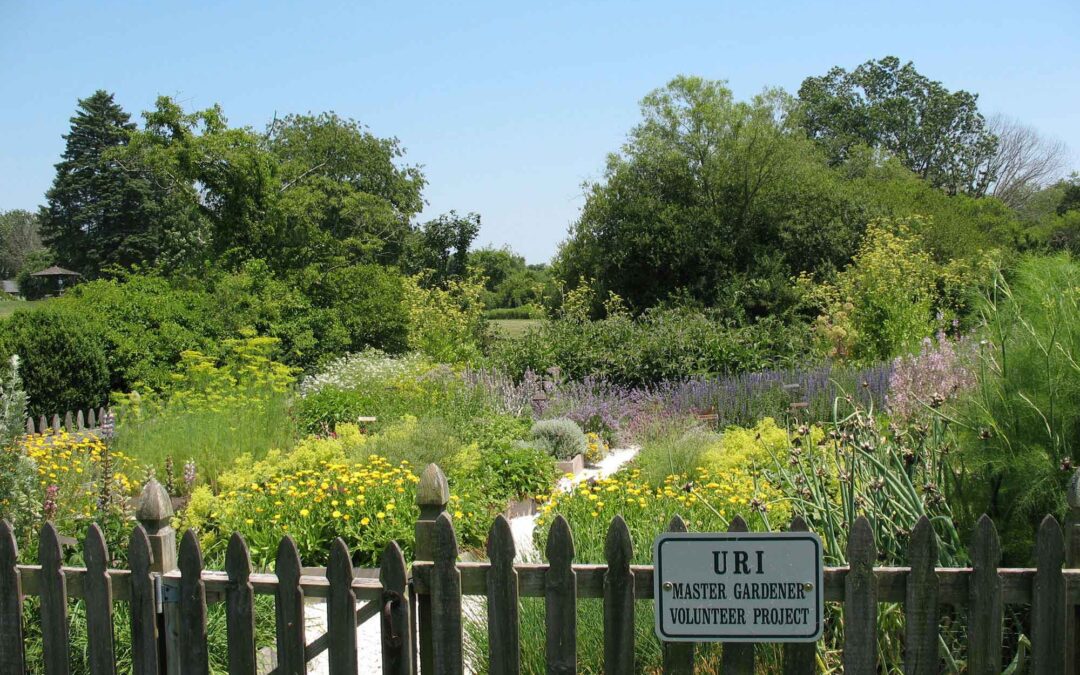
by NRF User | May 1, 2018 | NRF News
Prescott Farm’s landscape is typical of rural Aquidneck Island in the 18th and 19th centuries, with gentle sloping land, good soil, fields lined with stonewalls, and areas of scrub trees and brush. The farm is fortunate to have water on the property in the form of a brook and two small ponds, manifestly desirable in a “country seat” for a wealthy colonial gentleman.
The URI Master Gardeners, who manage the gardens at Prescott Farm, are offering:
Whether you are growing vegetables, flowers or simply caring for your lawn, proper soil is the key to good results. The trained Master Gardeners will evaluate the texture and pH of your soil sample, provide advice on improving your growing conditions, and tell you how to get more detailed testing. In addition, the Master Gardeners will offer advice on any gardening, lawn care, tree care or other questions you may have. (Weather dependent.) FREE soil analysis and gardening information at Prescott Farm on select Sundays, April through October, from 10:00 am to 12:00 pm.
How to obtain a soil sample:
- Using a clean trowel, take and combine several smaller samples in each separate area of your property that you want to test. Take a sample at a depth of 3-4″ for lawn, 6-8″ for vegetables and flowers and 12 -18″ for fruit trees. Do not sample recently fertilized, limed or very wet soil. You can take the sample from different parts of the lawn or garden.
- Take approximately one cup of soil and spread it on a piece of paper to dry overnight.
- Transfer the sample to a small zip-lock bag. Write on the bag your name and the type of plants you plan to grow and bring it with you.
Prescott Farm is located at 2009 West Main Road, Middletown, RI.
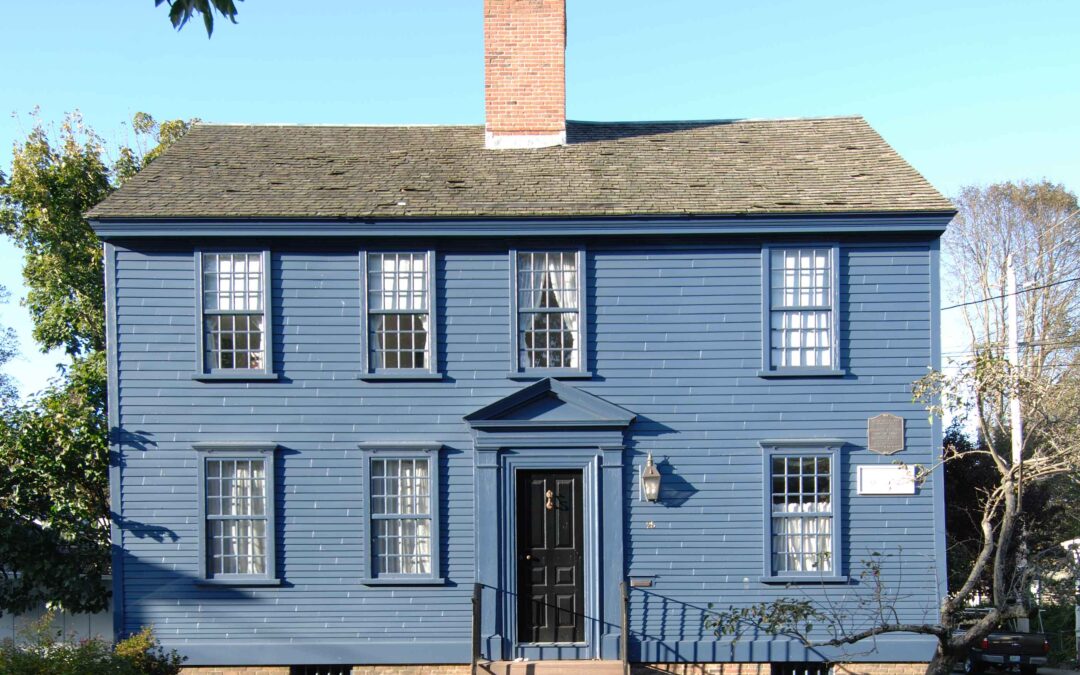
by CC:S MY | Apr 30, 2018 | NRF News
Want to learn more about Historic Home Maintenance? Check out NRF’s recommendations for expert resources in common mistakes, National Preservation Organizations, vinyl, windows, books and more!
Restoration – Common Mistakes
Two documents on common restoration mistakes can be found at: http://www.cttrust.org/index.cgi/98
National Park Service Preservation Briefs
The Repair of Historic Wooden Windows: http://www.cr.nps.gov/hps/tps/briefs/brief09.htm
Understanding Old Buildings: The Process of Architectural Investigation:
http://www.cr.nps.gov/hps/tps/briefs/brief35.htm
Roofing for Historic Buildings: http://www.cr.nps.gov/hps/tps/briefs/brief04.htm
The Repair, Replacement & Maintenance of Historic Slate Roofs:
http://www.cr.nps.gov/hps/tps/briefs/brief29.htm
Other Preservation Briefs found at: http://www.cr.nps.gov/hps/tps/briefs/presbhom.htm
Vinyl Siding – What to Consider
Vinyl Siding: The Real Issues (from CT Trust for Historic Preservation): http://www.cttrust.org/index.cgi/1745
The Vinyl Lie (The reputability of this source is uncertain but the points he makes are, in general, very accurate.): http://www.oldlouisville.com/circa1900/Vinyl-Lie.htm
Windows
Nice summary on Saving Wood Windows from New Jersey’s Preservation office: http://www.state.nj.us/dep/hpo/4sustain/windowsave.pdf
Quick article with further instructions from eBuild.com: http://www.ebuild.com/guide/resources/product-news.asp?ID=211787&catCode=10
A Rhode Island – based wood window restorer: http://www.smithrestorationsash.com/
Preservation Websites
www.SPNEA.org
Historic New England (formerly Society for the Preservation of New England Antiquities) www.vernaculararchitectureforum.org
Information, publications, and organization information
www.nthp.org
National Trust book catalog
www.ptn.org
Preservation Trades Network, information & links of interest
www.apti.org
The Association for Preservation Technology International
www.cr.nps.gov/
National Park Service preservation services, source of Preservation Briefs & other materials
www.heritagepreservation.org
Preservation information and good links
www.oldhouseweb.com
Covers many areas of old house maintenance and repair – useful
www.oldhousejournal.com
Site of the magazine of the same title, covers many areas and is regularly up-dated
www.traditional-building.com
Another magazine site with very good resource listings
Historic Product Vendors & Resources
www.abatron.com
Abatron Inc. 1-800-445-1754, epoxy wood fillers and a range of epoxy products
www.obdyke.com
Cedar Breather, 1-800-346-7655, a product that creates air space between shingles and sheathing
www.chimneys.com
General site with information and further links concerning chimney and fireplace safety products
www.chimneysweeps.com
List, by state, of licensed sweeps, information and links
www.thermocreteusa.com
Explains the process and benefits of this unique chimney lining process
www.ncsg.org
National Chimney Sweeps Guild, another listing of sweeps and info.
www.paiint.org
Various information on paint coating and links
www.paintinfo.com
Variety of paint areas covered
www.paintquality.com
Similar to above site
www.PRGinc.com
Products, information, & excellent book catalog
www.preservationweb.com
Products and services
www.usheritage.com
Masonry services & products
PRESERVATION & RESTORATION – Books
General Preservation Titles
Barthel, Diane
Historic Preservation, Rutgers University Press, 1966 Brand, Stuart
How Buildings Learn, Penguin Books, 1994.
Lindgren, James M.
Preserving Historic New England, Oxford University Press, 1995.
Mansfield, Howard
The Same Ax, Twice, University Press of New England, 2000.
Preservation Guides & References
Bristow, Ian
Interior House Paint Colours & Technique 1615 – 1846, Yale Univ. Press, 1996.
Bucher, Ward, editor
Dictionary of Building Preservation, Preservation Press, 1996.
Bullock, Orin M.
The Restoration Manuel, Silvermine Publishers, 1966 Candee, Richard
House Paints in Colonial America, Chromatic Publishing Co., out of print.
Hoadley, R. Bruce
Identifying Wood Taunton Press, 1990.
Kitchen, Judith L.
Caring For Your Old House, Preservation Press, 1991.
Maycock, Susan & Zimmerman,Sarah
Painting Historic Exteriors, Cambridge Historical Commission, 1998.
Millar, William
Plastering Plain and Decorative, BUT. Bats ford, 1897; reprinted Don head Publishing Ltd., 2001.
Miller, Judith & Martin
Period Finishes and Effects, Rizzoli, 1992.
Moss, Roger, editor
Paint in America, Preservation Press, 1994.
Nash, George
Restoring Old Houses, Taunton Press, 1998.
Phillips, Steven J.
Old House Dictionary, John Wiley & Sons, Inc., 1994.
Weeks, Kay D. & Grimmer, Anne E.
The Secretary of Interior’s Standards for the Treatment of Historic Properties, US Department of the Interior, National Park Service, 1995.
Whelehel, Harriet – editor
Caring For Your Historic House, Harry Abrams Inc., 1998.
Wilbur, C. Keith
Homebuilding & Woodwork in Colonial America, The Globe Pequot Press, 1992.
General Architectural, 18th century
Ayres, James
Building the Georgian City, Yale University Press, 1998.
Cummings, Abbott Lowell
The Framed Houses of Massachusetts Bay, Belknap Press, 1979.
Palladio, Andrea
The Four Books on Architecture, MIT Press 1998.
Parissien, Steven
The Georgian House in Britain and America, Rizzoli, 1995.
Trevernor, Robert
Palladio and Palladianism, Thames and Hudson, 1991.
Hafertepe, Keneth & O’Gorman, James F.
American Architects and Their Books to 1848, University of Press, 2001.
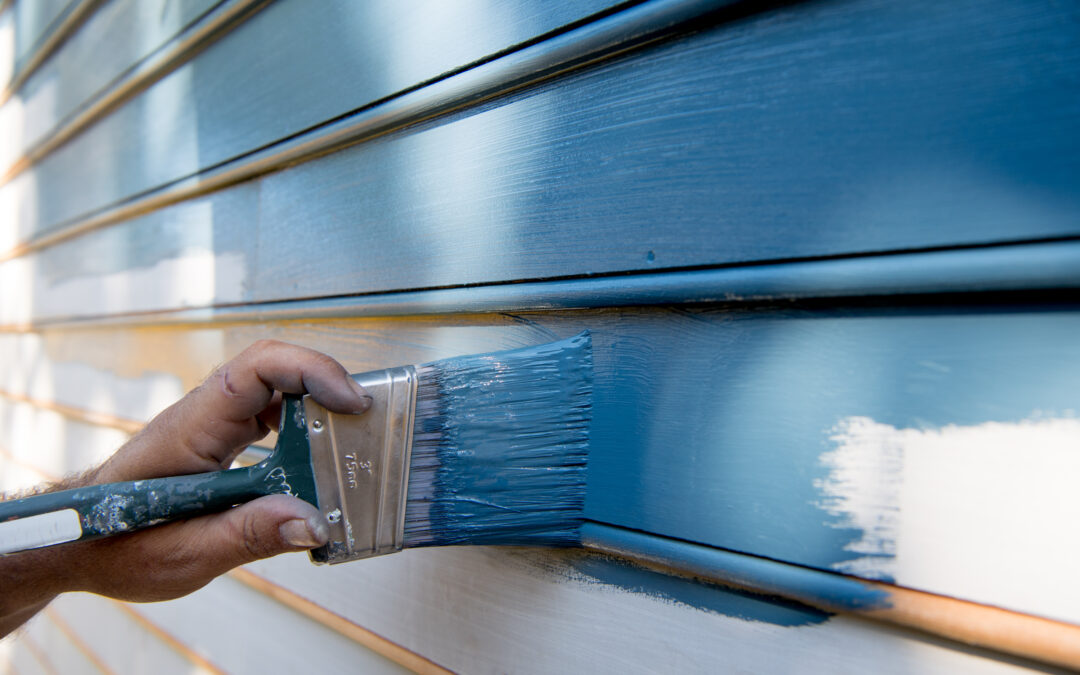
by CC:S MY | Apr 30, 2018 | NRF News
At the Newport Restoration Foundation, we often get questions about the paint colors on our preservation properties. The articles and resources below will answer most of your questions. You are also free to explore our Preservation Properties page – each property includes annotations on house and door colors.
Books:
Paint in America: The Colors of Historic Buildings, by Roger W. Moss. 1995.
Articles:
Two articles by Robert Foley, Former Director of Preservation, Newport Restoration Foundation:
Paint the House
Paint in 18th century Newport
Websites:
Historic Media’s Old House Colors
California Paints Color Guide
California Paints – Painting Basics
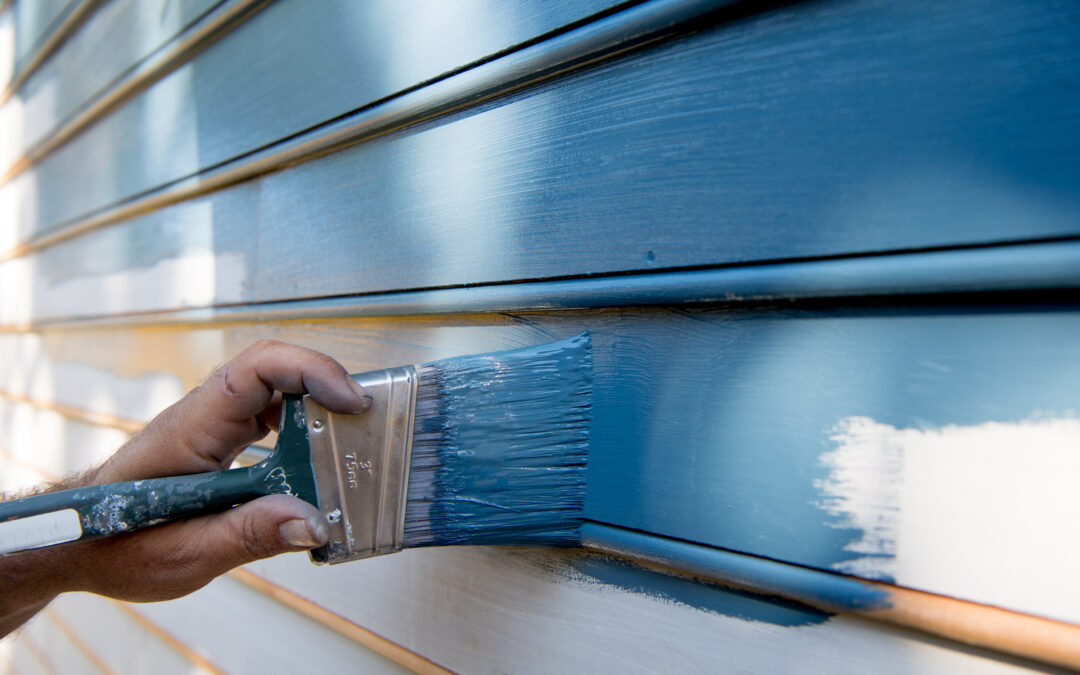
by NRF User | Apr 30, 2018 | NRF News
At the Newport Restoration Foundation, we often get questions about the paint colors on our preservation properties. The articles and resources below will answer most of your questions. You are also free to explore our Preservation Properties page – each property includes annotations on house and door colors.
Books:
Paint in America: The Colors of Historic Buildings, by Roger W. Moss. 1995.
Articles:
Two articles by Robert Foley, Former Director of Preservation, Newport Restoration Foundation:
Paint the House
Paint in 18th century Newport
Websites:
Historic Media’s Old House Colors
California Paints Color Guide
California Paints – Painting Basics

by NRF User | Apr 30, 2018 | NRF News
Want to learn more about Historic Home Maintenance? Check out NRF’s recommendations for expert resources in common mistakes, National Preservation Organizations, vinyl, windows, books and more!
Restoration – Common Mistakes
Two documents on common restoration mistakes can be found at: http://www.cttrust.org/index.cgi/98
National Park Service Preservation Briefs
The Repair of Historic Wooden Windows: http://www.cr.nps.gov/hps/tps/briefs/brief09.htm
Understanding Old Buildings: The Process of Architectural Investigation:
http://www.cr.nps.gov/hps/tps/briefs/brief35.htm
Roofing for Historic Buildings: http://www.cr.nps.gov/hps/tps/briefs/brief04.htm
The Repair, Replacement & Maintenance of Historic Slate Roofs:
http://www.cr.nps.gov/hps/tps/briefs/brief29.htm
Other Preservation Briefs found at: http://www.cr.nps.gov/hps/tps/briefs/presbhom.htm
Vinyl Siding – What to Consider
Vinyl Siding: The Real Issues (from CT Trust for Historic Preservation): http://www.cttrust.org/index.cgi/1745
The Vinyl Lie (The reputability of this source is uncertain but the points he makes are, in general, very accurate.): http://www.oldlouisville.com/circa1900/Vinyl-Lie.htm
Windows
Nice summary on Saving Wood Windows from New Jersey’s Preservation office: http://www.state.nj.us/dep/hpo/4sustain/windowsave.pdf
Quick article with further instructions from eBuild.com: http://www.ebuild.com/guide/resources/product-news.asp?ID=211787&catCode=10
A Rhode Island – based wood window restorer: http://www.smithrestorationsash.com/
Preservation Websites
www.SPNEA.org
Historic New England (formerly Society for the Preservation of New England Antiquities) www.vernaculararchitectureforum.org
Information, publications, and organization information
www.nthp.org
National Trust book catalog
www.ptn.org
Preservation Trades Network, information & links of interest
www.apti.org
The Association for Preservation Technology International
www.cr.nps.gov/
National Park Service preservation services, source of Preservation Briefs & other materials
www.heritagepreservation.org
Preservation information and good links
www.oldhouseweb.com
Covers many areas of old house maintenance and repair – useful
www.oldhousejournal.com
Site of the magazine of the same title, covers many areas and is regularly up-dated
www.traditional-building.com
Another magazine site with very good resource listings
Historic Product Vendors & Resources
www.abatron.com
Abatron Inc. 1-800-445-1754, epoxy wood fillers and a range of epoxy products
www.obdyke.com
Cedar Breather, 1-800-346-7655, a product that creates air space between shingles and sheathing
www.chimneys.com
General site with information and further links concerning chimney and fireplace safety products
www.chimneysweeps.com
List, by state, of licensed sweeps, information and links
www.thermocreteusa.com
Explains the process and benefits of this unique chimney lining process
www.ncsg.org
National Chimney Sweeps Guild, another listing of sweeps and info.
www.paiint.org
Various information on paint coating and links
www.paintinfo.com
Variety of paint areas covered
www.paintquality.com
Similar to above site
www.PRGinc.com
Products, information, & excellent book catalog
www.preservationweb.com
Products and services
www.usheritage.com
Masonry services & products
PRESERVATION & RESTORATION – Books
General Preservation Titles
Barthel, Diane
Historic Preservation, Rutgers University Press, 1966 Brand, Stuart
How Buildings Learn, Penguin Books, 1994.
Lindgren, James M.
Preserving Historic New England, Oxford University Press, 1995.
Mansfield, Howard
The Same Ax, Twice, University Press of New England, 2000.
Preservation Guides & References
Bristow, Ian
Interior House Paint Colours & Technique 1615 – 1846, Yale Univ. Press, 1996.
Bucher, Ward, editor
Dictionary of Building Preservation, Preservation Press, 1996.
Bullock, Orin M.
The Restoration Manuel, Silvermine Publishers, 1966 Candee, Richard
House Paints in Colonial America, Chromatic Publishing Co., out of print.
Hoadley, R. Bruce
Identifying Wood Taunton Press, 1990.
Kitchen, Judith L.
Caring For Your Old House, Preservation Press, 1991.
Maycock, Susan & Zimmerman,Sarah
Painting Historic Exteriors, Cambridge Historical Commission, 1998.
Millar, William
Plastering Plain and Decorative, BUT. Bats ford, 1897; reprinted Don head Publishing Ltd., 2001.
Miller, Judith & Martin
Period Finishes and Effects, Rizzoli, 1992.
Moss, Roger, editor
Paint in America, Preservation Press, 1994.
Nash, George
Restoring Old Houses, Taunton Press, 1998.
Phillips, Steven J.
Old House Dictionary, John Wiley & Sons, Inc., 1994.
Weeks, Kay D. & Grimmer, Anne E.
The Secretary of Interior’s Standards for the Treatment of Historic Properties, US Department of the Interior, National Park Service, 1995.
Whelehel, Harriet – editor
Caring For Your Historic House, Harry Abrams Inc., 1998.
Wilbur, C. Keith
Homebuilding & Woodwork in Colonial America, The Globe Pequot Press, 1992.
General Architectural, 18th century
Ayres, James
Building the Georgian City, Yale University Press, 1998.
Cummings, Abbott Lowell
The Framed Houses of Massachusetts Bay, Belknap Press, 1979.
Palladio, Andrea
The Four Books on Architecture, MIT Press 1998.
Parissien, Steven
The Georgian House in Britain and America, Rizzoli, 1995.
Trevernor, Robert
Palladio and Palladianism, Thames and Hudson, 1991.
Hafertepe, Keneth & O’Gorman, James F.
American Architects and Their Books to 1848, University of Press, 2001.
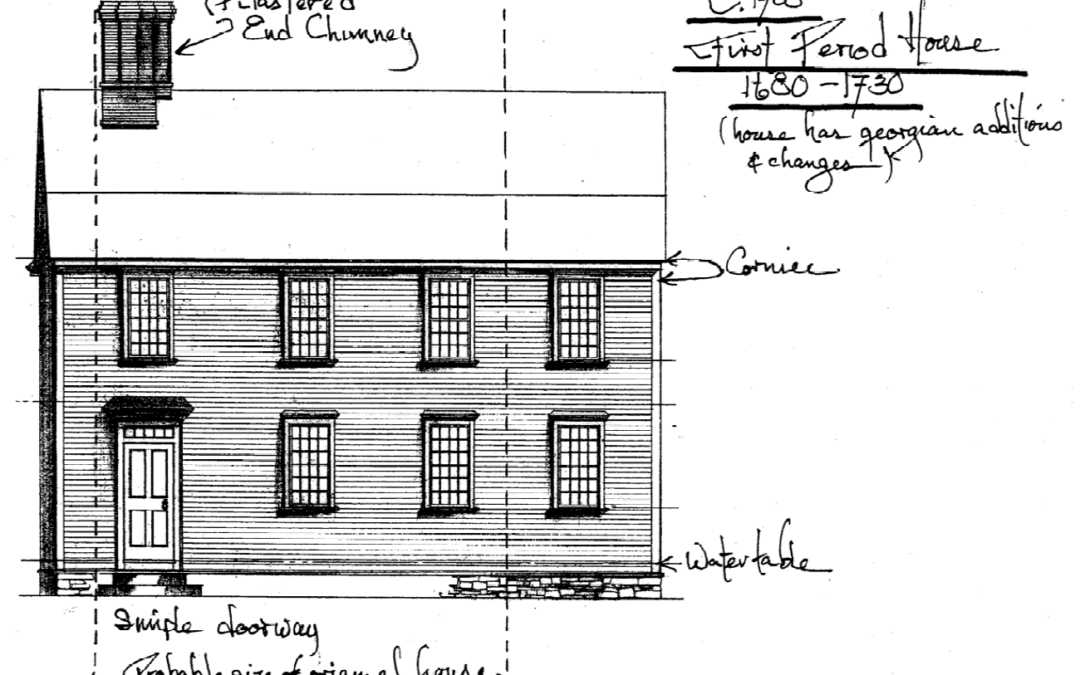
by NRF User | Apr 30, 2018 | NRF News
Click here for a helpful visual review of building styles between 1620 and 1840.






